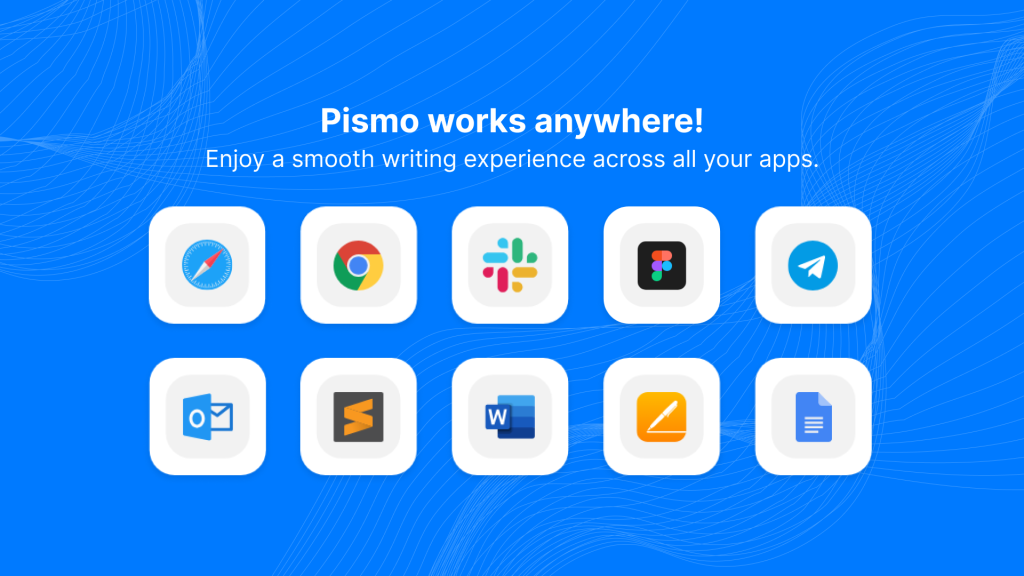In an increasingly globalized and fast-paced digital world, effective communication has become a skill more valuable than ever. Enter Pismo, a tool designed to simplify and elevate communication for professionals, students, and anyone navigating multilingual environments. By integrating AI-driven translation, tone adjustment, and grammar correction directly into daily workflows, Pismo stands out as a productivity enhancer that feels as intuitive as it is powerful. We had the pleasure of sitting down with Mike Erman, co-founder of Pismo, to delve into the story behind this innovative platform. Through his insights, we gain a deeper understanding of the challenges Pismo addresses and the unique solutions it brings to the table. Let’s dive into the conversation and explore how Pismo is transforming communication for users worldwide.
Interview with Mike Erman, Co-Founder of Pismo
1. What was the original inspiration behind creating Pismo? Could you share specific pain points or challenges in writing and productivity that motivated you to develop an AI assistant tailored for versatile, everyday use across various apps?
Mike Erman: Pismo started as a “we can’t take this anymore!” project. We’re expats in Luxembourg, juggling three national languages while doing business across borders. When ChatGPT 3 came out, we were all over it—finally, AI at our fingertips! But it quickly turned into an “AI at our headaches” situation. We were writing texts, copying, pasting, toggling between apps, generating responses, and copying back again. It was like an endless AI ping-pong match, and frankly, we were exhausted. So, we thought, “What if we could have our favorite prompts ready to go, right where we’re working?” And voila, Pismo was born—a tool that cuts out the constant copying and pasting. Now we’re just a few clicks or a hotkey away from AI magic, without the browser shuffle!
Key Features and Distinctions

2. Pismo offers capabilities like translation, tone adjustment, and grammar correction—features that resonate with a broad user base. In your view, which of these features do users find most beneficial, and how do these features address common communication challenges?
Mike Erman: Translation, tone adjustment, and grammar correction are crowd favorites. Imagine trying to write a serious, polite email after you’ve had a strong cup of coffee and your “tone” is basically shouting. Pismo calms that down, adjusts the tone, and makes sure your “let’s discuss this later” doesn’t accidentally come off as “we need to talk…NOW.” And the translation feature? Absolute lifesaver for international folk dealing with writing in a language that isn’t their native. Once, I was trying to write a joke to my colleague in Slack and then spent several weeks proving I am not a maniac.
3. Custom prompts and hotkeys are key features in Pismo, allowing users to streamline tasks with ease. Could you explain how these functionalities work and how they improve workflow efficiency for different types of users, such as professionals and students?
Mike Erman: Custom prompts and hotkeys are like your best friends who always have your back. You know how you’ve got a go-to phrase or response? Now imagine you could pull it up anytime with just a click or a tap. That’s Pismo! For professionals, it means whipping up quick, polite responses without pausing the work groove. For students, it’s perfect for summarizing those endless readings without feeling like you’re drowning in text. Pismo cuts out the copy-paste dance, so you can keep rolling without missing a beat.
User Stories and Practical Applications

4. Pismo supports a diverse range of use cases, from writing professional emails to creating concise summaries. Could you share any notable user stories where Pismo has made a substantial impact, particularly for users dealing with multilingual communication or high-stakes writing tasks?
Mike Erman: Oh, we’ve got some fun ones! One user in Germany said Pismo turned them into a “multilingual email ninja.” He went from spending ages translating emails to breezing through them with Pismo’s help. Another user—a non-native English speaker in the US—told us Pismo’s tone adjustment was a game-changer. She had been worried about sounding too formal in professional emails. As I mentioned at the beginning, our team uses Pismo every day. I estimate that I saved about 5 hours last month on translations.
5. For those who regularly communicate across languages, translation is a critical feature. How does Pismo ensure accuracy and fluency in its translations, and which languages are currently supported that you find users are most drawn to?
Mike Erman: We like to think of Pismo as a mini language genius that fits right in your workflow. Our AI understands the context behind your words, so you get translations that make sense and sound natural. We’re using OpenAI models, supporting over 50 languages, even Latin. We spend a lot on polishing prompts related to translations. Pismo isn’t a professional translation tool, and you shouldn’t expect it to be a game-changer in terms of translation quality, but it really simplifies the process and speeds up daily tasks; you can customize prompts to tune it for your needs.
Privacy, Security, and User Trust
6. Pismo integrates with user applications deeply, which raises questions about data privacy. How does Pismo handle user data, and what privacy protections are in place to reassure users that their information remains secure?
Mike Erman: Privacy is super important to us. We’ve got it covered with encryption, secure data handling, and the latest privacy protocols. Think of it like this: we treat your data like it’s the last cookie in the office—protected, kept safe, and definitely not shared. Your data stays with you, we never store any of your conversations, and we have no access to them.
Future Developments and Vision
7. With the AI writing landscape evolving, are there any upcoming features or updates for Pismo that you’re particularly excited about? How will these developments enhance the user experience and address emerging needs in digital communication?
Mike Erman: We’re working on making Pismo even smarter and easier to use. We have more than 1,500 customers by now, and they’re giving us a huge amount of feedback we’re using to improve Pismo. We are going to add more advanced models and the ability to use your own API keys to use any models you want. We recently added 10 languages to the app UI and plan to include more to make it more accessible for non-English speakers. Also, we got a lot of questions about mobile apps. We already have an iOS version in TestFlight, so probably, we’ll release it soon. We’re building the ultimate sidekick for all your writing needs—stay tuned because it’s only getting better!
8. Looking ahead, how do you see AI-powered writing tools like Pismo shaping the future of productivity and communication? Are there broader trends in AI and digital assistance that you believe will influence the next phase of Pismo’s growth?
Mike Erman: AI writing tools like Pismo are about to become everyone’s best writing buddy. Imagine a world where we don’t have to worry about tone mishaps, grammar goofs, or language barriers. It’s like having your own personal editor, translator, and grammar coach all in one. We see AI tools making communication faster, clearer, and more accessible for everyone. And we plan to keep Pismo growing right alongside these trends, helping users talk, write, and connect without all the hassle.
Conclusion
Pismo exemplifies how AI can serve as a bridge in overcoming the complexities of modern communication. With a thoughtful blend of practicality and sophistication, the platform addresses the universal need for effective, nuanced communication across languages and contexts. From tone adjustments to seamless multilingual support, Pismo empowers users to connect without the constraints of language barriers or tone misunderstandings.
Mike Erman’s insights reveal not only the platform’s strengths but also a genuine commitment to addressing real-world communication challenges. As AI tools continue to evolve, Pismo is well-positioned to lead the way, providing a resource that doesn’t just enhance productivity but fosters clearer, more impactful connections. At AIPressRoom, we look forward to following Pismo’s journey and seeing how it reshapes the landscape of AI-powered communication tools.


